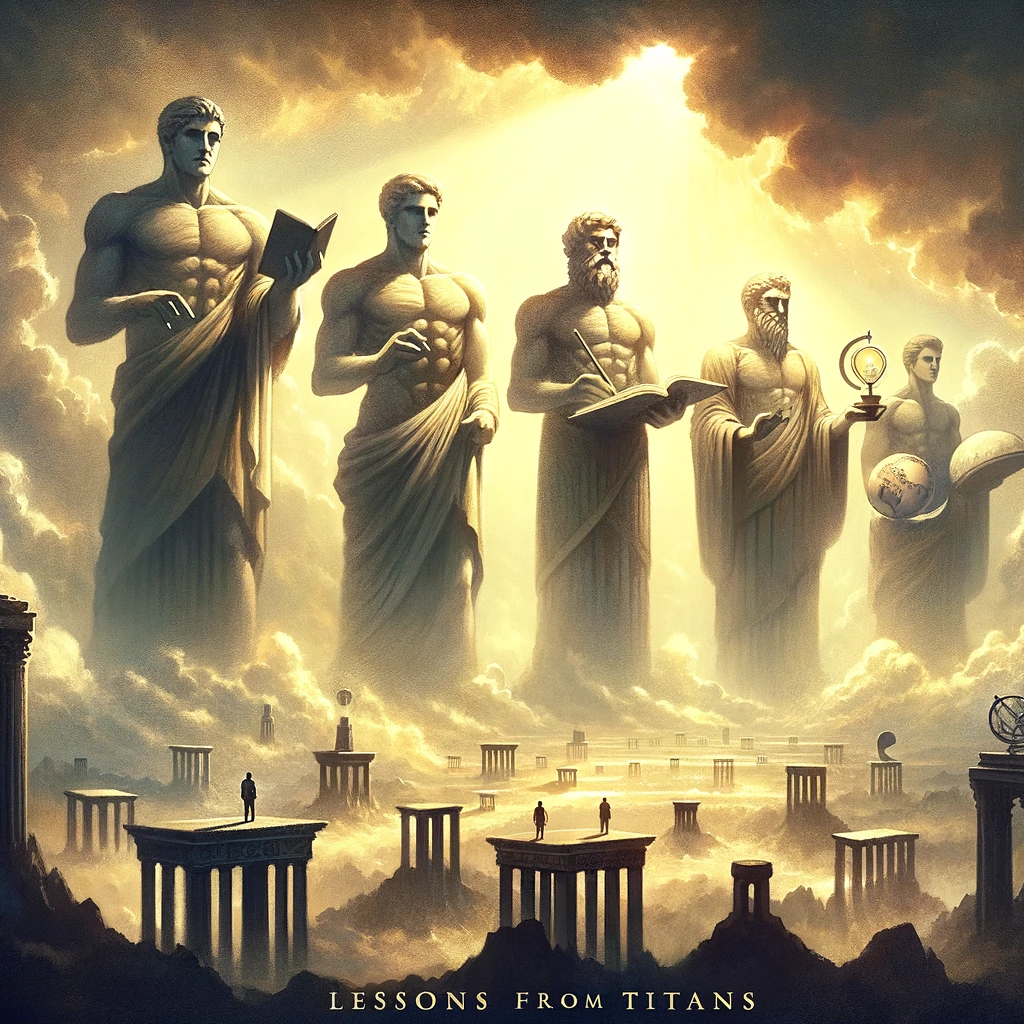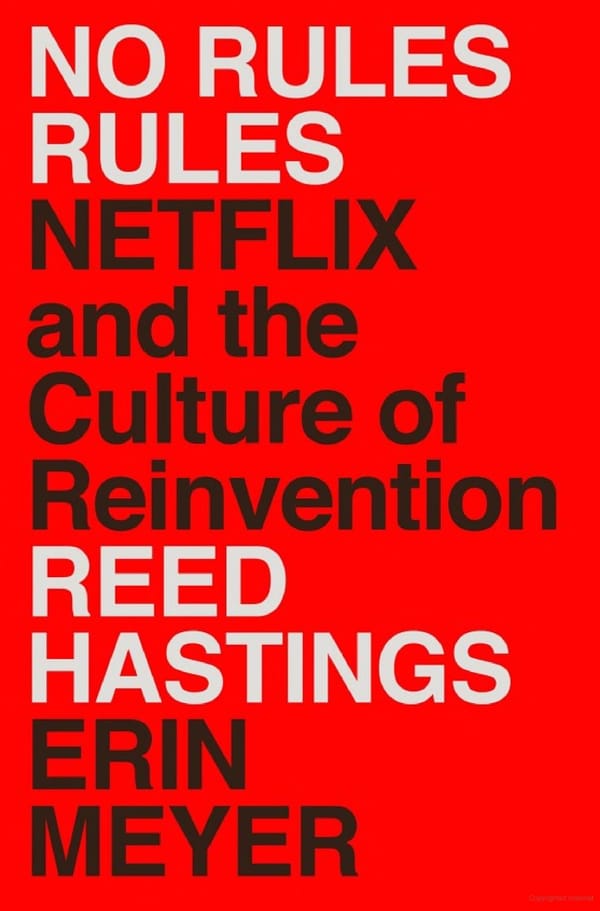Rigorous Benchmarking -- Book Review: Lessons from the Titans
Book review of Lessons from the Titans. One of the great insights here is about the importance of rigorous benchmarking and why the best companies do it so well.

Lessons from the Titans by Scott Davis, Carter Copeland, Rob Wertheimer is a book written by 3 Wall Street analysts who aim to bring lessons from industrial titans into today’s high tech world. Industrials, by definition, were once considered the high tech companies of their day. The question the authors seek to answer is “what lessons can we learn from the biggest industrial companies?”
When looking at those lessons, they then ask themselves which of those could apply to today’s tech companies? The companies covered include famous falls-from-grace such as GE and Boeing, Caterpillar and UTC. An example of turn-arounds – Honeywell, Stanley Black & Decker – and several less well-known but very successful companies such as Roper, Danaher, and Transdigm. I hadn’t heard of any of those before reading this book, either.
So what are these lessons? Here are some that stood out to me:
- Emphasis on systems and processes over quick fixes
- Operational excellence (but how do you know if you have it?)
- Continuous improvement (for factories, processes)
- Extreme customer service (as another moat above product quality)
- A focus on the simple question: what does the customer actually value, and how do we provide it at the lowest possible cost?
- Risk management – across project management, culture degradation, under-investment risk and so on
And one of them really stuck with me: the idea of rigorously benchmarking with an attitude of humility. The idea that the company could be doing better, but really needed to invest to know where those opportunities really were. Find what’s critical then reward it. Circumstances change especially quickly in tech, so understanding the true opportunity space is very valuable. The authors argue that senior leaders need to be held accountable for investment decisions, especially ones that pay out over a longer horizon. The rigorous benchmarking also allows companies to fix problems when they are small.
With this, you can understand how strong a specific organization is. You can also understand where there are realistic gaps that others may have solved. In ML, this could be an understanding of what should be possible, conditional on technological landscape, resources, and data available. More recently, what are the best companies doing with LLMs? You could then apply systems thinking to improving the organization.
The authors also conclude with an interesting quote on what doesn’t work:
Forecasting end markets many years out is a mistake in driving strategic decisions; it’s a well-informed coin flip. GE bet heavily on years of uninterrupted growth in oil and gas industry spending and on spending for fossil fuel–powered electricity generation.
Incentives matter. When a strategy has run its course, the organization needs to be flexible enough to move on. At the end of the day, the advice is to benchmark to best-in-class organizations and to stay humble. The culture should be one of continuous improvement.
Overall I would recommend this book as thought-provoking in thinking about highly successful organizations.



